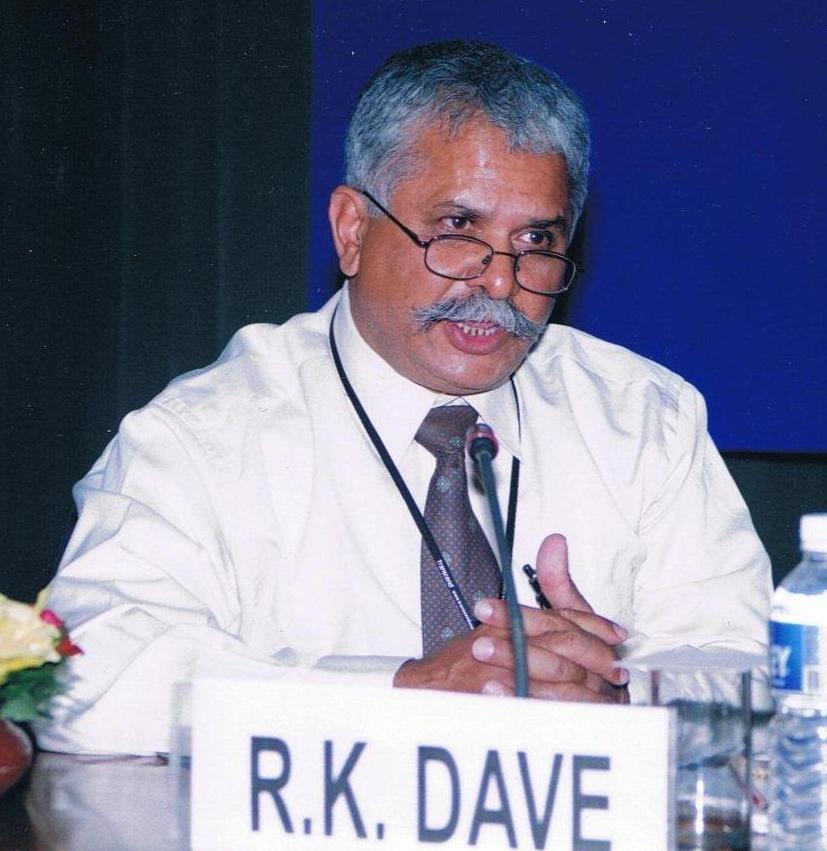In India - Disaster risk management is the responsibility
of State Government . The National government plays supportive role when resources of state government gets
overwhelmed.
Globally “Pro-active disaster management or disaster risk
management” is relatively a new subject and
there are no standards to be followed for developing and implementing mitigation
strategies. Paucity of “required capabilities” in the states is the biggest hindrance
in the way of effective proliferation of disaster risk management system across the country in
India.
Decision makers at all level need a clarity on - what is needed for developing, implementing and managing
effective disaster risk management strategies. As an attempt toward bringing clarity on - current practices of Disaster Management in India and their effectiveness - I have published a book - Disaster Management in India: Challenges and Strategies.
My book - “Disaster Management in India: Challenges and Strategies” released on 10th Feb 2018, is the first comprehensive book on disaster management in India. It covers history of disaster management in India, evolution of present techno-legal system for managing disasters, effectiveness of the current DM systems and procedures, issues and challenges and future directions for improvement. The foundation of this rests on a strong understanding of governance, sociology, science and technology.
The book – “Disaster Management in India: Challenges and Strategies” -
provides a practical and realistic understanding of the evolution and current status of disaster management in India. Lack
of resources, lack of coordination, and poor communication are endemic to
severely damaged disaster environments and are very commonly seen across the
world. What is more important for the future is that new methods are being evolved
that overcome the potential risks posed by such initial conditions for
improving organizational performance.
Drawing on the author’s decades
of experience both in the domains of disaster management and technology, the
book provides tips on - Emergency Operations Center design and development; Media
integration into DM, emergency Resources Management systems development and
Crowd management at venues of mass gathering including places of worships. Intervention
strategies proposed for strengthening and
improving disaster management systems provides a basic framework to develop
actionable programme in the specific sub-sections of disaster risk management
.
The ‘Disaster Management in India: Challenges and Strategies” has takeaways
for – DDMAs, SDMAs, ATIs, SIDMs, NIDM, NDMA, Academia involved in research work
in disaster risk management, industries, and practitioners. This is the first comprehensive
book on Disaster management in India and
I hope will be read widely. The book is available on Amazon. Visit https://www.amazon.in/dp/1545720150



